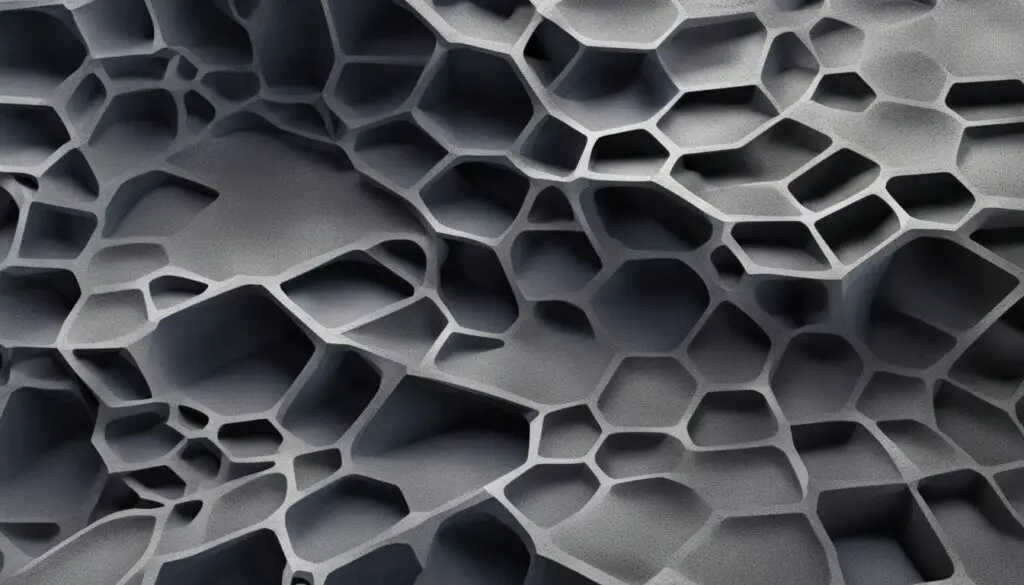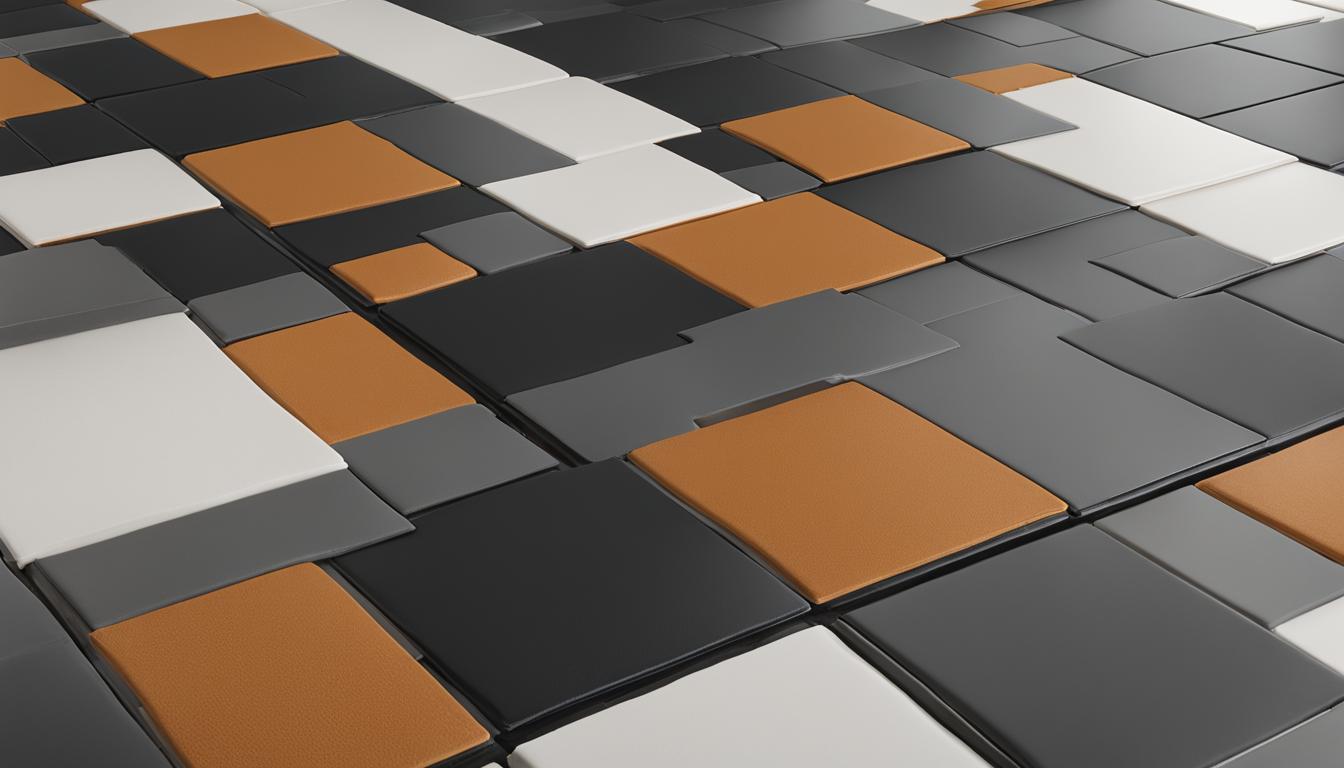When it comes to tile installation, choosing the right thinset is crucial for ensuring a strong and durable bond. Two common options in the market are modified and unmodified thinset. Understanding the differences between these two types of thinset can help you make an informed decision for your tiling project.
Modified thinset is a mortar that contains latex polymers, which enhance its performance and strength. This type of thinset requires less water during mixing and offers better water retention properties. On the other hand, unmodified thinset is a blend of Portland cement, sand, and water retention agents. It follows the traditional recipe and has been used in tile installations for years.
To choose the best thinset for your tiles, consider the specific applications and requirements of your project. Modified thinset is commonly recommended for areas prone to moisture, such as bathrooms and kitchens, as it offers a sturdier cure. Unmodified thinset, though more labor-intensive, can be suitable for less demanding installations.
In summary, the choice between modified and unmodified thinset depends on factors such as the tile installation location and the desired performance. Evaluating their key differences can help you select the right thinset for your project and ensure long-lasting and beautiful results.
Key Takeaways:
- Modified thinset contains latex polymers, enhancing its performance and strength.
- Unmodified thinset follows the traditional recipe and is a blend of Portland cement, sand, and water retention agents.
- Modified thinset requires less water during mixing and offers better water retention.
- Unmodified thinset is more labor-intensive but can be suitable for less demanding installations.
- Consider the specific applications and requirements of your project when choosing between modified and unmodified thinset.
The Hydration Reaction in Concrete
When it comes to understanding the strength and durability of thinset, it’s important to delve into the hydration reaction in concrete. This chemical process occurs when water is added to Portland cement, resulting in the formation of interlocking crystals that harden the cement.
The hydration reaction plays a crucial role in determining the overall performance of thinset. As long as there is moisture present, the strength, density, and durability of thinset can continue to increase. This is why proper water retention is essential for achieving a sturdy cure.
Modified thinset, which includes retention products like latex polymers, offers improved water retention abilities. These additives contribute to a stronger cure and enhance the overall performance of the thinset. Additionally, the water/cement ratio and porosity of the substrate also impact the strength and durability of the thinset.
Understanding the basics of the hydration reaction in concrete and how it relates to thinset can help in making an informed decision when choosing between modified and unmodified options. By evaluating water retention capabilities and considering the water/cement ratio, you can select the thinset that best suits your project’s demands.
Benefits of Water Retention in Thinset
Proper water retention is essential for ensuring the strength and durability of thinset. When thinset has the ability to retain water, it can continue to cure and strengthen over time. By retaining moisture, the thinset can form stronger bonds with the tile and substrate, resulting in a more durable installation.
“Water retention is key in thinset, as it allows for complete hydration of the cement and ensures a strong bond between the tile and the substrate.”
Not only does water retention enhance the strength of the thinset, but it also improves its workability. Adequate moisture allows for easier spreading and troweling, enabling a smooth and even application of the thinset.
When choosing between modified and unmodified thinset, it’s crucial to consider their water retention abilities. Modified thinsets, with their retention products, offer better water retention and can contribute to a stronger and more durable installation.

The History of Thinset
In the early 1900s, tile installers utilized the full bed method to ensure adequate moisture retention beneath the tiles. This involved applying a thick layer of thinset, which consisted of a mixture of Portland cement, sand, and water retention agents. However, while effective, this method was labor-intensive and resulted in visually unappealing installations.
The demand for improved retention techniques led to the introduction of rubber additives in thinset. These additives helped enhance the adhesive properties of the material and provided better water retention. However, it wasn’t until the contributions of chemical engineer Henry M. Rothberg that a significant breakthrough occurred.
“By developing a synthetic latex polymer, I was able to revolutionize the composition of thinset,” said Henry M. Rothberg.
This synthetic latex polymer had a transformative impact on thinset, offering improved strength, durability, and flexibility. This breakthrough paved the way for the development and widespread use of modified thinsets like the popular brand Laticrete.
Since Rothberg’s breakthrough, numerous mixtures and modified thinsets have emerged in the market. These advancements have allowed for more effective tile installations, offering enhanced performance and ensuring long-lasting results.

Thinset Evolution
| Time Period | Key Development |
|---|---|
| Early 1900s | Introduction of the full bed method for thinset application |
| Mid-1900s | Inclusion of rubber additives for improved retention |
| 20th Century | Henry M. Rothberg’s development of synthetic latex polymer |
| Present | Continued advancements in modified thinsets |
In conclusion, the history of thinset showcases the continuous evolution of tile installation techniques. From the labor-intensive full bed method to the introduction of rubber additives and the groundbreaking synthetic latex polymer, each development has contributed to the improved functionality and longevity of thinset. The journey of thinset highlights the industry’s dedication to providing tile installers with superior products, ensuring successful and beautiful tile installations.
Modified or Unmodified Thinset: Key Characteristics to Keep in Mind
When it comes to choosing between modified or unmodified thinset for your tile installation, there are several key characteristics to consider. These factors can greatly impact the performance, strength, and durability of your thinset mortar.
Grade of Thinset
The grade of thinset refers to the ratio of cement to sand in the mixture. Generally, higher-quality thinsets have a higher percentage of cement, resulting in a sturdier and more resistant product. This is particularly important for tile installations that require stronger adhesive properties and overall longevity.
Cement to Sand Ratio
The cement to sand ratio in thinset plays a crucial role in its performance. A well-balanced ratio ensures proper bonding and prevents cracking or shifting over time. It’s important to follow manufacturer recommendations and consider the specific needs of your tile installation project.
Retention Compounds
Retention compounds, such as hydrated lime, are added to thinset to improve its water retention and overall durability. These compounds help the thinset maintain optimal moisture levels, ensuring a strong and long-lasting bond between the tile and substrate.
Liquid vs Powder Form
Modified thinsets are available in both liquid and powder forms. Liquid thinsets offer the advantage of easier mixing and application, while powder thinsets provide greater flexibility in terms of adjustability and custom mix proportions. Consider the specific requirements of your tile installation project and choose the form that best suits your needs.
ANSI Number
The American National Standards Institute (ANSI) number on a thinset product indicates whether it is modified or unmodified. Pay attention to this number when selecting your thinset, as it provides important information about the product’s composition and properties.
By considering the grade of thinset, cement to sand ratio, retention compounds, liquid vs powder form, and the ANSI number, you can make an informed decision when choosing between modified or unmodified thinset for your tile installation project.
| Critical Factors | Modified Thinset | Unmodified Thinset |
|---|---|---|
| Grade | Higher percentage of cement, resulting in increased strength and resistance | Lower percentage of cement, may lack the same level of strength and resistance |
| Cement to Sand Ratio | Optimized ratio for optimal bonding and durability | Varies depending on manufacturer recommendations |
| Retention Compounds | Included to enhance water retention and overall durability | May not contain retention compounds, leading to potential water-related issues |
| Form | Available in both liquid and powder forms | Primarily available in powder form |
| ANSI Number | Indicates modified thinset | Indicates unmodified thinset |
Conclusion
When it comes to choosing the right thinset for your tile installation needs, understanding the differences between modified and unmodified thinset is essential. Modified thinset, with its latex polymers, offers enhanced performance, increased strength, and easier water retention. This can result in a sturdier cure and reduced effort in mixing.
On the other hand, unmodified thinset, the traditional option, is still preferred by some professionals. It is a blend of Portland cement, sand, and water retention agents. Although it may require more water and effort in mixing compared to modified thinset, it has been used for years and continues to be a reliable choice.
The right thinset choice ultimately depends on the specific needs of your project and the manufacturer’s recommendations. By considering the key differences and applications of modified and unmodified thinset, you can make an informed decision and ensure a successful outcome for your tile installation. So, take the time to evaluate your requirements and choose the thinset that best suits your project’s demands.
FAQ
What is the difference between modified and unmodified thinset?
Modified thinset contains latex polymers that enhance performance and strength, while unmodified thinset is a blend of Portland cement, sand, and water retention agents.
How does the hydration reaction in concrete affect thinset strength and durability?
Adding water to Portland cement initiates a chemical reaction called hydration, which forms interlocking crystals and makes the cement hard. The strength, density, and durability of thinset increase as long as moisture and cement coexist.
What is the history of thinset and how has it evolved over time?
In the early 1900s, tile installers used the labor-intensive “full bed method” for moisture retention. The need for better techniques led to the use of rubber additives, and chemical engineer Henry M. Rothberg developed a synthetic latex polymer that enhanced thinset’s strength, durability, and flexibility.
What are the key characteristics to keep in mind when choosing between modified and unmodified thinset?
Thinset grades are determined by the cement to sand ratio and the percentage of retention compounds. Higher-quality thinsets have a higher percentage of cement and retention compounds like hydrated lime. Modified thinsets can come in either liquid or powder form, with the addition of polymers. The ANSI number on the product indicates whether it is modified or unmodified thinset.
How do I choose the right thinset for my tile installation needs?
When deciding between modified and unmodified thinset, consider their differences, applications, and the specific requirements of your project. Modified thinset offers enhanced performance and strength, easier water retention, and reduced effort in mixing. Unmodified thinset is the traditional option that is still preferred by some professionals. Make an informed decision based on your specific needs and the manufacturer’s recommendations.



